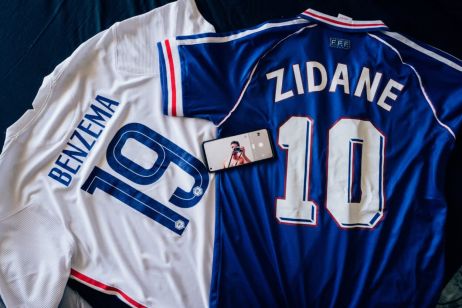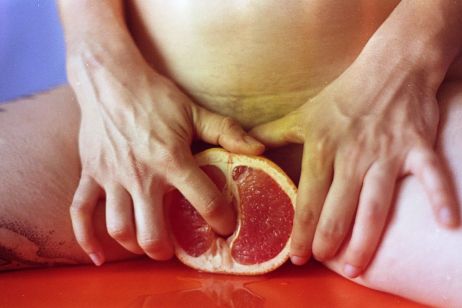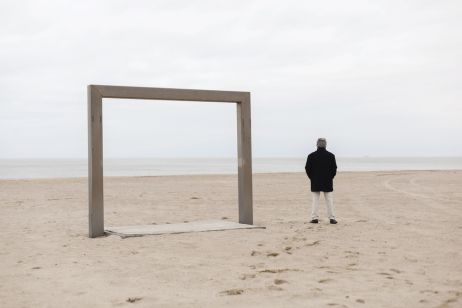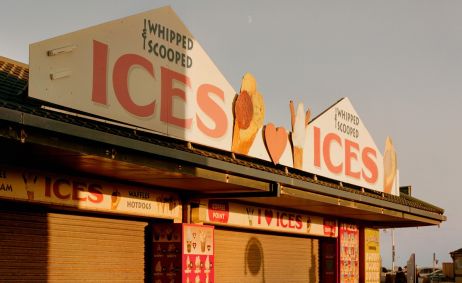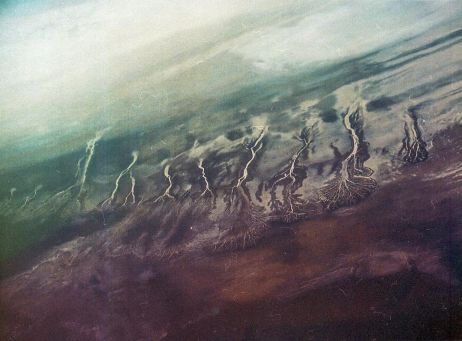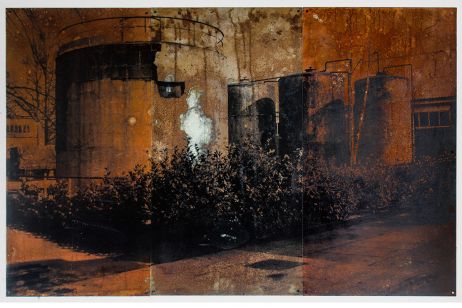Thirty years after the nuclear accident, the Chernobyl region is still contaminated. Raúl Moreno, a 39-year-old Spanish photographer, wrote Monologue about Chernobyl, a striking documentary series about the aftermath of the disaster.
Fisheye : What is your relationship with photography?
Raúl Moreno:
Photography is a means of expression and communication. It’s also a way of getting to know myself. I like to come back to the places where I worked before and find the people I photographed. My work is mainly focused on people and their relationship to the environment. I also work on other topics such as time, empathy and compromise. Photography has the power to make people immortal, to stop time and make us think.
Could you introduce us to your series Monologue about Chernobyl ?
Monologue about Chernobyl
is a visual essay on the loneliness of a population following the nuclear disaster of 1986. I also tackle other issues such as nutrition, abandonment or resignation. Chernobyl is one of the most contaminated areas in the world. After the nuclear accident, levels of radioactivity increased throughout the world, especially in Europe, where some areas are still infected. This is an issue we must not forget.
What inspired you to start this project?
Before carrying out this project, I had no connection with the region or the history of the country. I was seven years old when the nuclear disaster occurred. In 2008, I discovered a striking documentary film. “La noche del fin del Mundo” (“The Night of the End of the World”, a Spanish documentary directed by Iker Jiménez, ed.) showed the Chernobyl region and people called liquidators (the people in charge of cleaning up the area). The subject had such an impact on me that I organized my first visit to the region. When I started the project in Ukraine and Belarus, I took rather impersonal pictures, I succumbed to stereotypes. Later on, as I looked at a bag of apples from a contaminated area, it clicked. Local food poisoned the inhabitants and the lack of resources barred them from buying uncontaminated products. I have therefore photographed food in the same way as human beings.
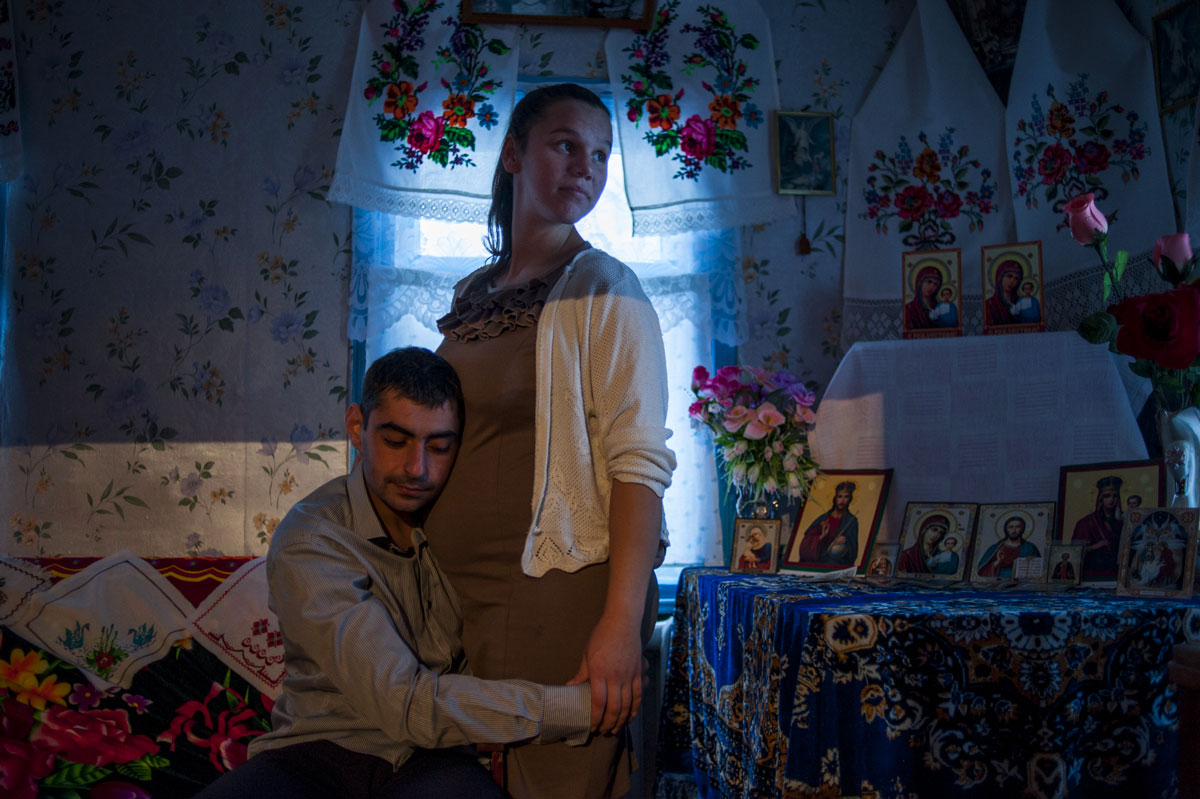
Why do you talk about a “monologue”?
Voices from Chernobyl
by Svetlana Alexievich (Nobel Prize for Literature 2015) was a great source of inspiration. The book consists of chapters that function as very suggestive monologues, chronicles of a world after the apocalypse. This idea guided me in the design of the series: each scene and each character tells a story, a monologue tinted with a bitter taste.
What were your impressions when you first visited Chernobyl?
I felt like I was entering a territory marked by a tragic history. When I met people, sadness overwhelmed me. As I got closer to them, I became aware of their personal stories. My feelings of sadness and helplessness gave way to admiration and respect for their resilience. Life in Chernobyl is not easy, I would say that the inhabitants evolve in a perspective of survival.
You portrayed the locals at their own houses in Chernobyl. How did you establish the link with the people you met?
Normally, I work and travel alone. But for this project, it was necessary to be accompanied by a local. Most of the time, I met the people I photographed with the help of my Ukrainian and Belarusian friends. They took me to the inhabitants’ houses so that I could present my project to them. I was surprised by their hospitality: they immediately invited me to drink and eat. The conversation started quickly. Faced with personal situations that were sometimes very complicated, I learned to show empathy and patience. “Thank you for thinking of us and Chernobyl.” This sentence came up often and left its mark on me. The project allowed me to give a voice to people who stayed anonymous after the disaster.
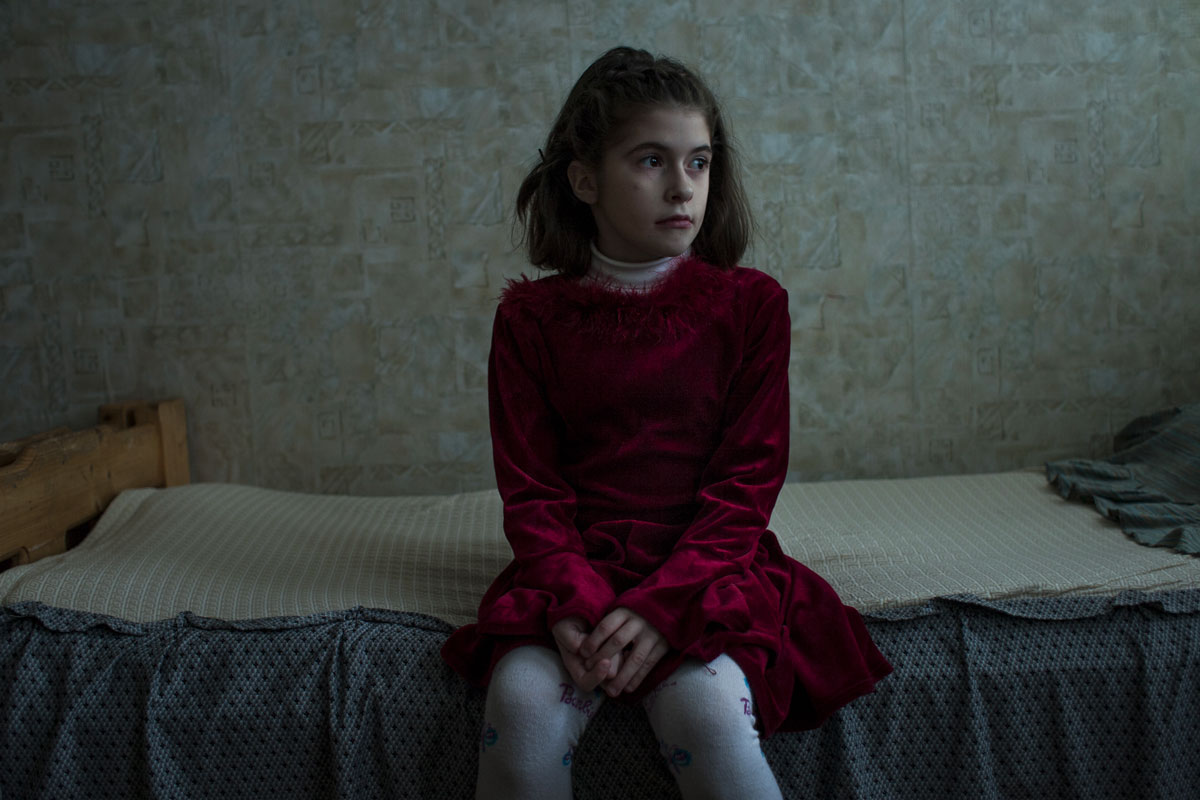
A few words about your picture above, representing a little girl, dressed in red?
This portrait means a lot to me. One day, I visited an orphanage in the Gomel region, in southern Belarus. The orphanage welcomes children with mental disorders – mental pathologies among children have increased enormously since 1986. Among all the orphans, curious and excited by my presence, Lilia caught my attention. This autistic girl was dressed in a red velvet dress. Pale, her black eyes were piercing. She laughed, shyly, while avoiding me. Her eyes were lost in a deeply mysterious world. Finally, she came to me. I took a picture of her trying to keep all the peacefulness she was giving off. I like the frankness of his gaze and the dignity of her pose. I still look at her portrait today and wonder what was going through her mind and what happened to her. I would like to go back to the orphanage and check up on the children.
Any anecdote that you would like to share?
One day, I visited an elderly couple who lived in the Belarusian exclusion zone – the area thirty kilometres around the nuclear power plant, the one most affected by radioactivity. We talked, and after taking some pictures, we had dinner together and shared a glass of homemade vodka, samogon. But the drink was made in the year of the nuclear explosion. History always catches up with us.
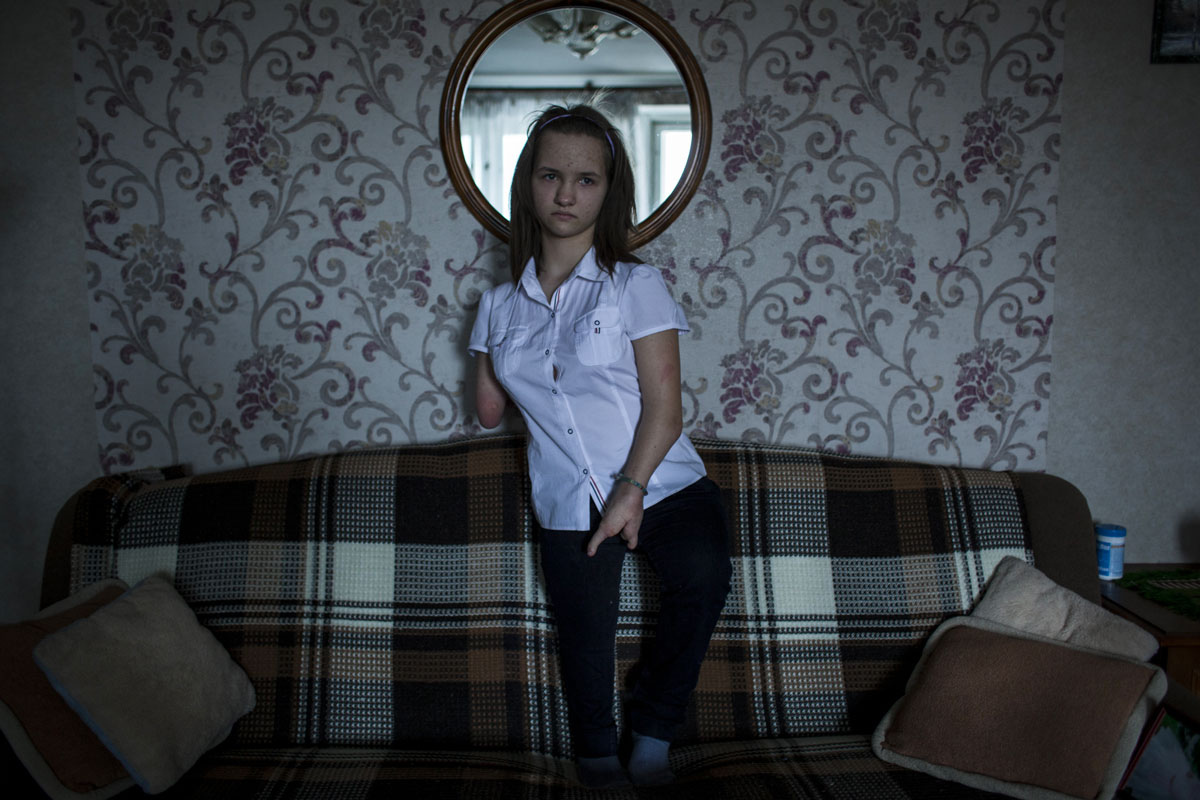
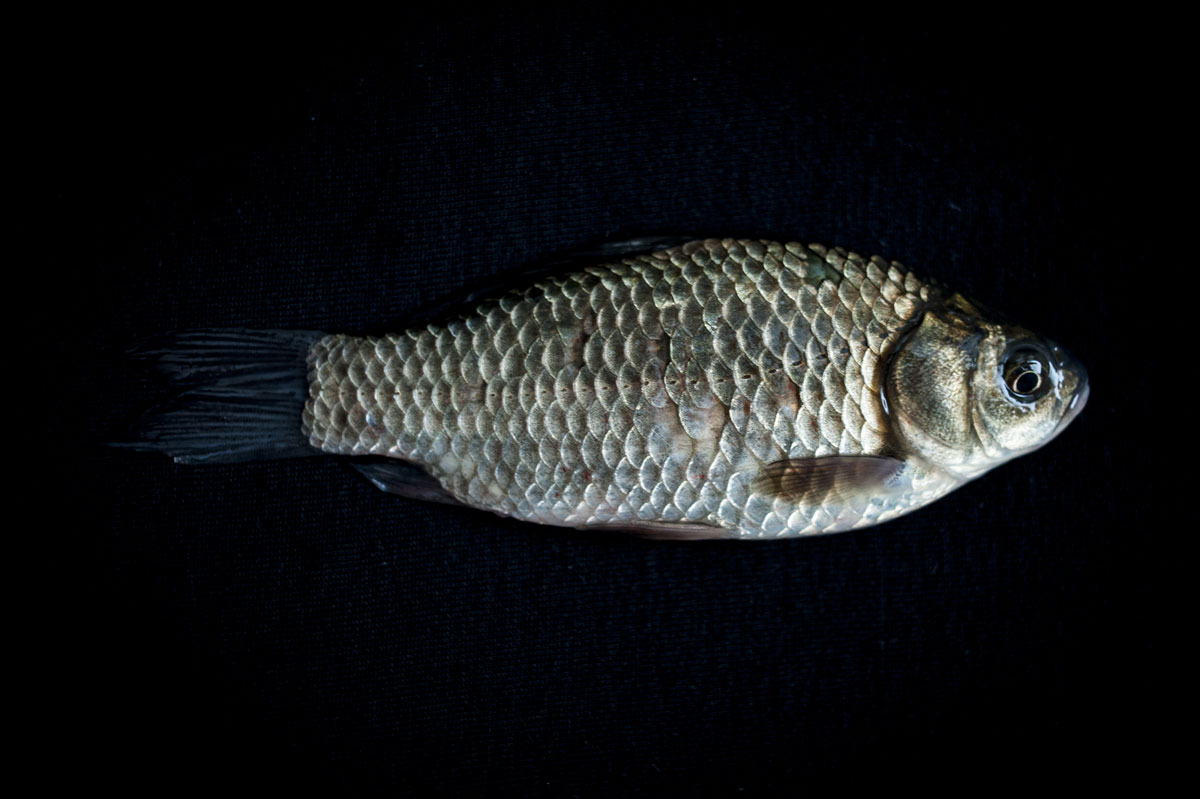
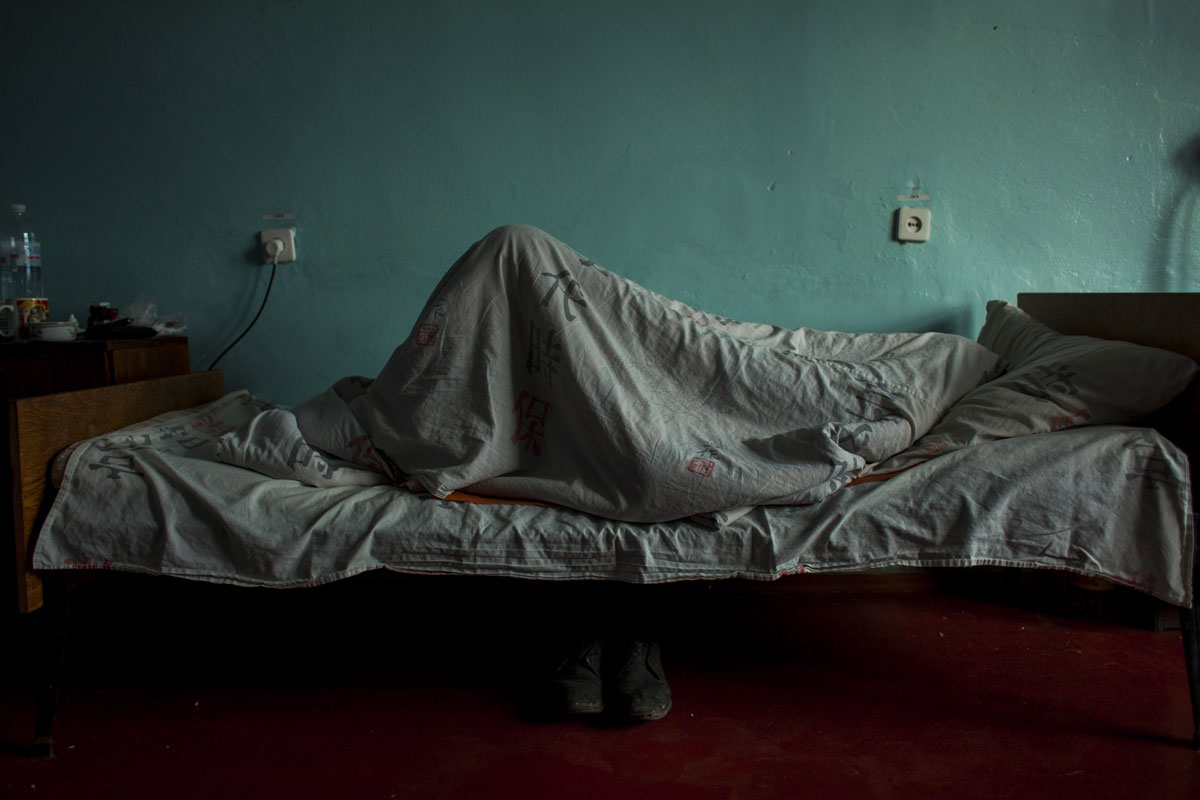
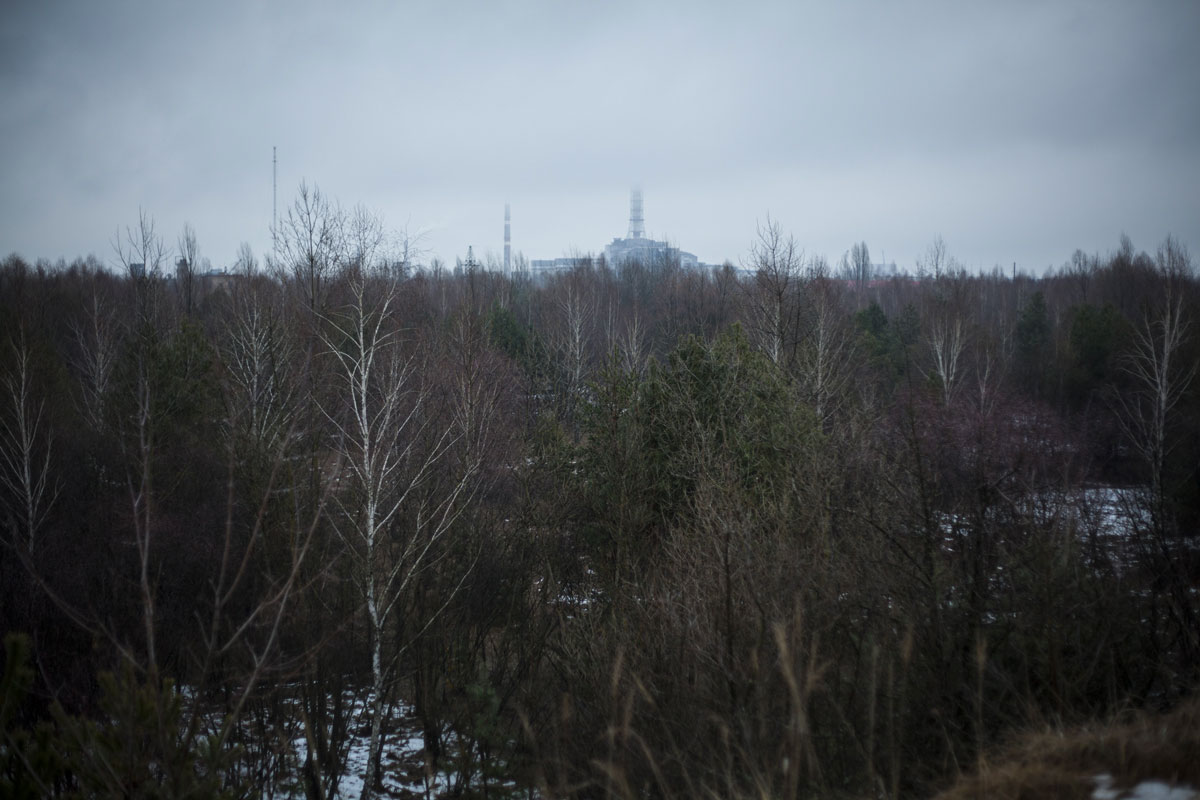

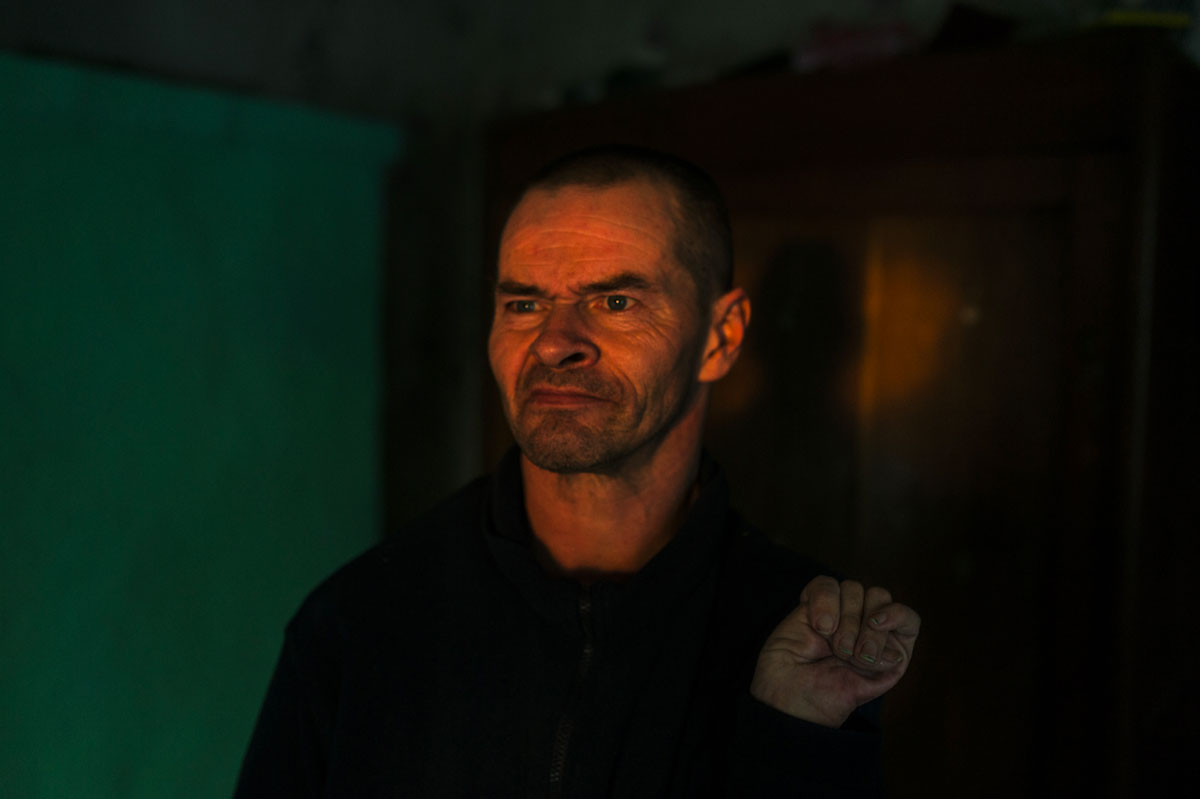
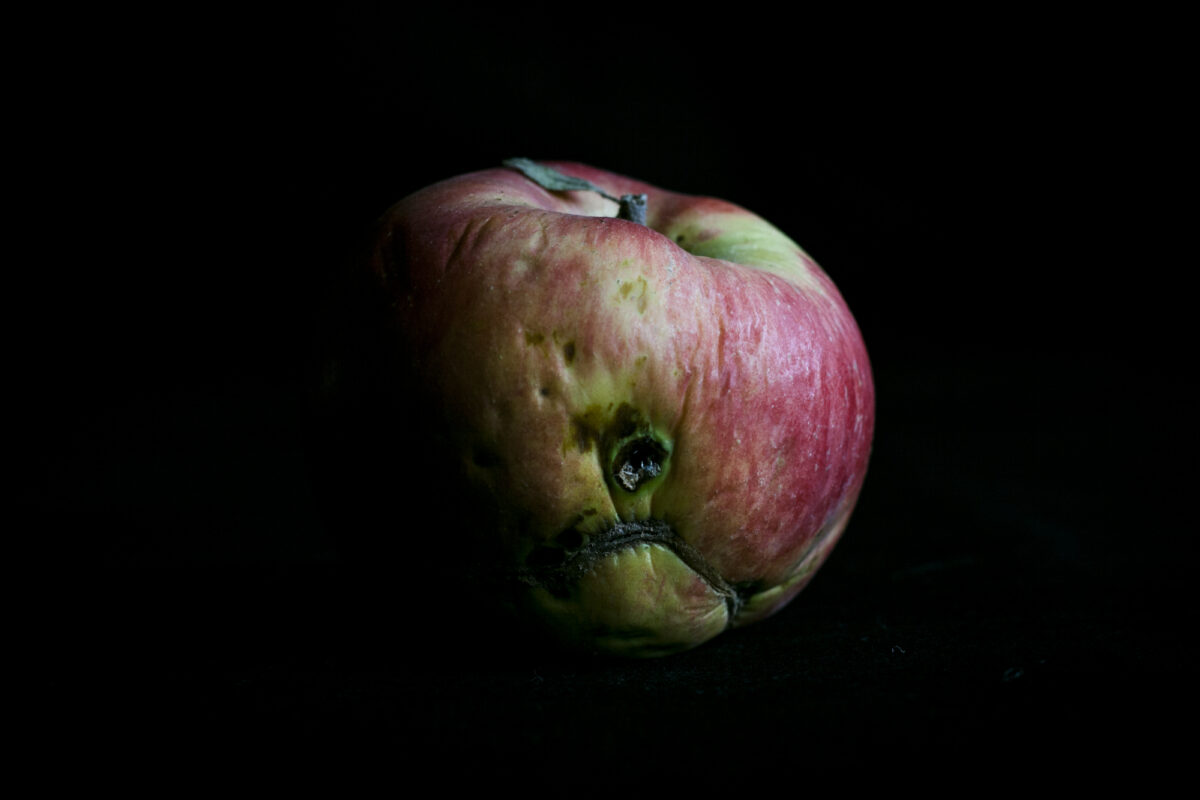
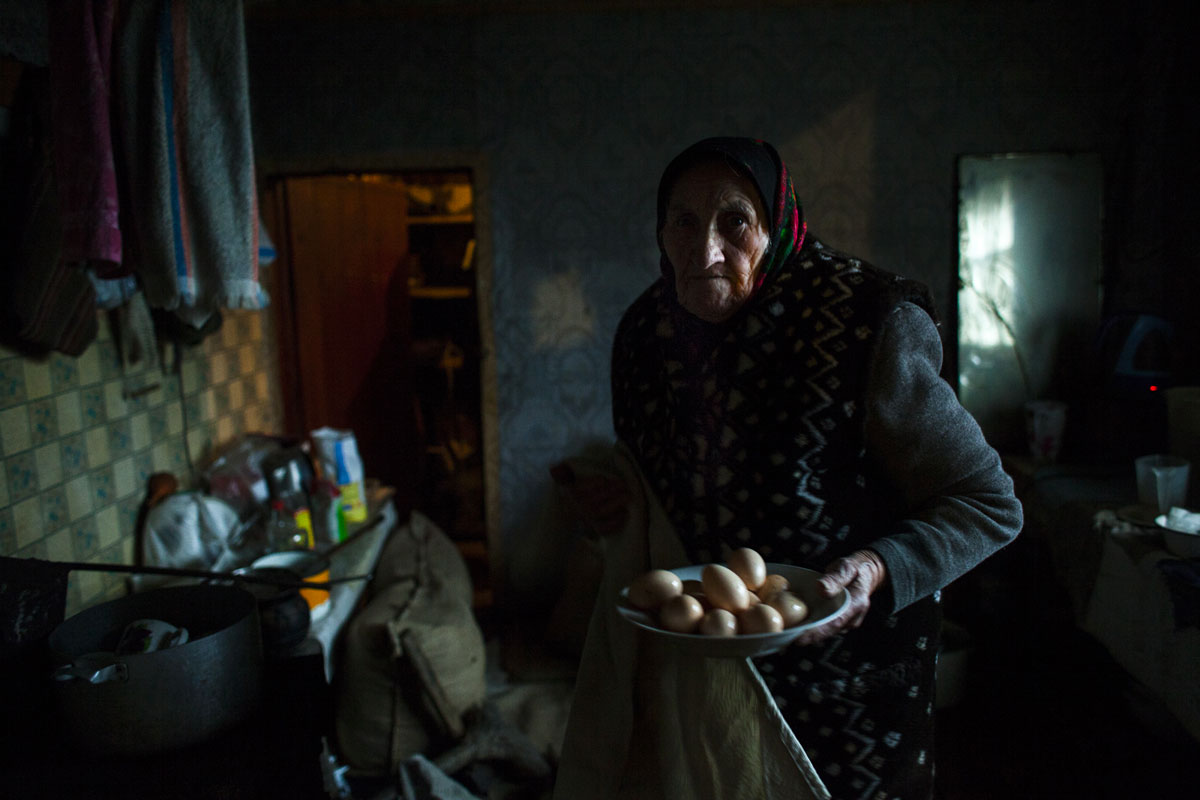
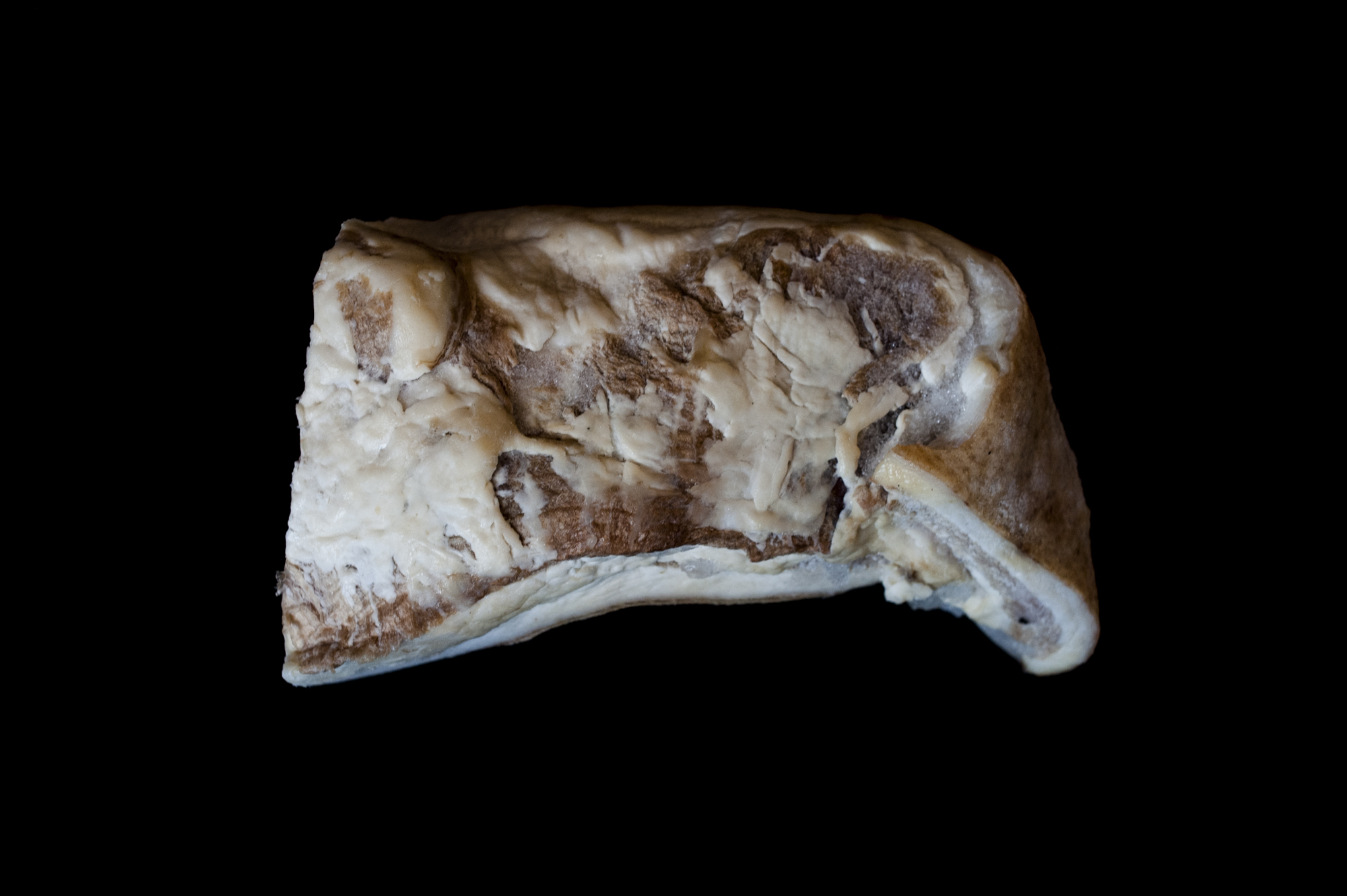
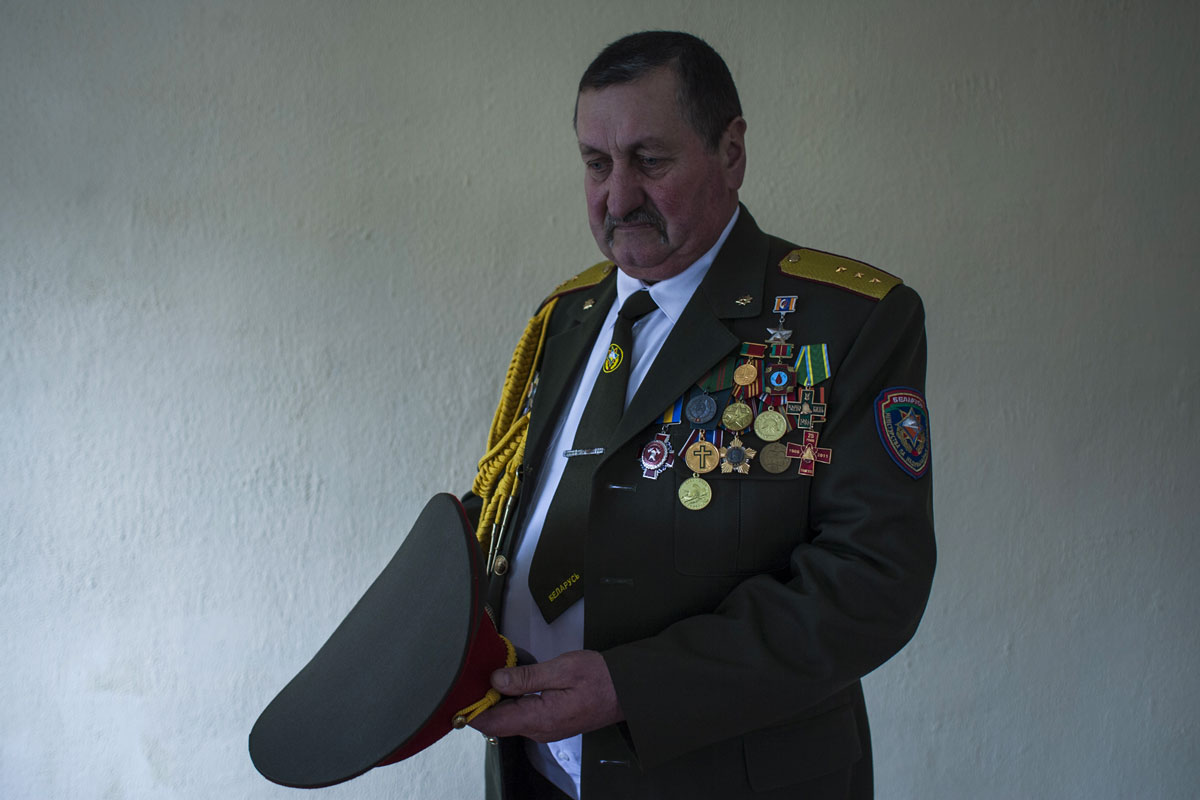
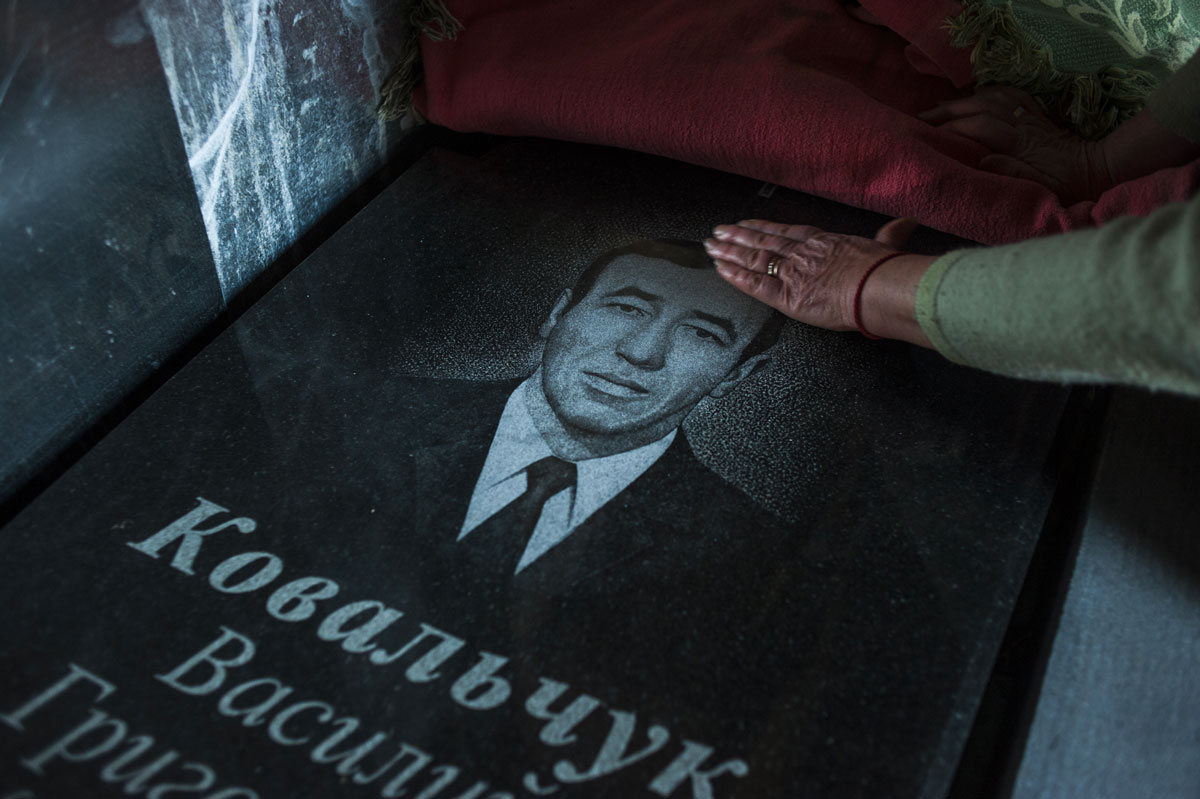
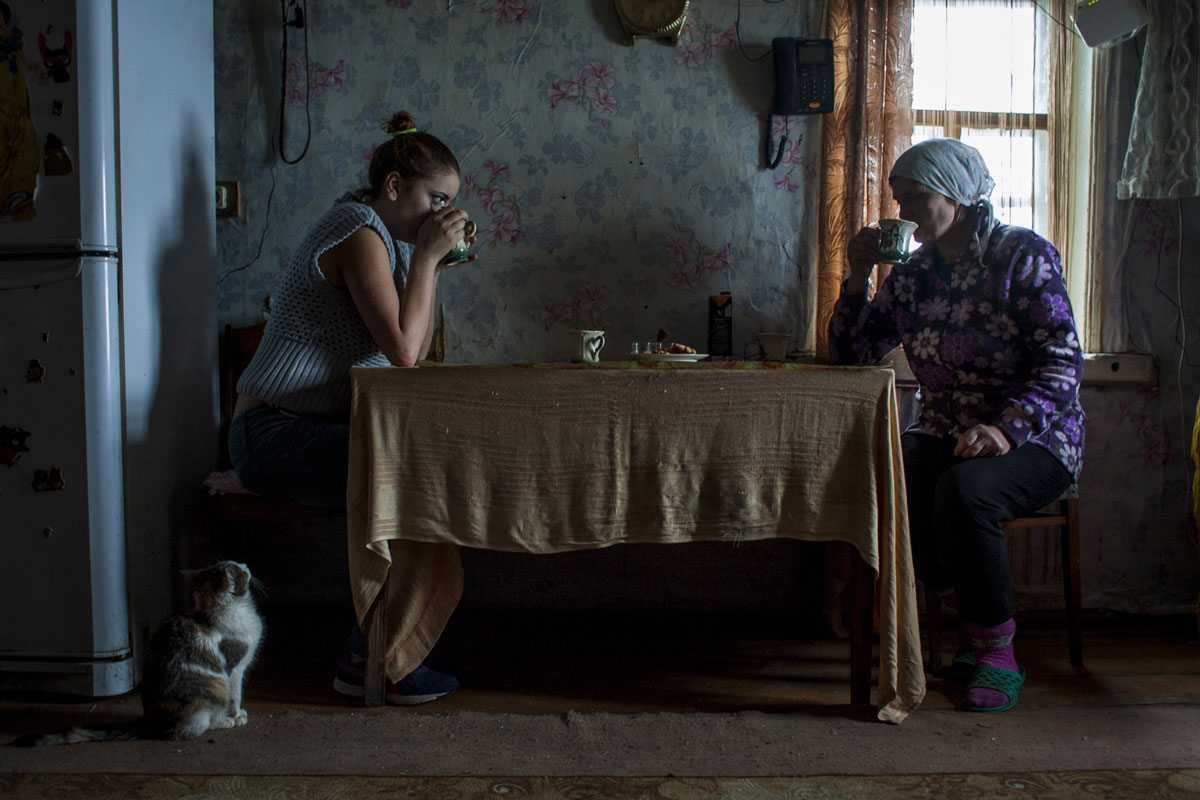
© Raúl Moreno

